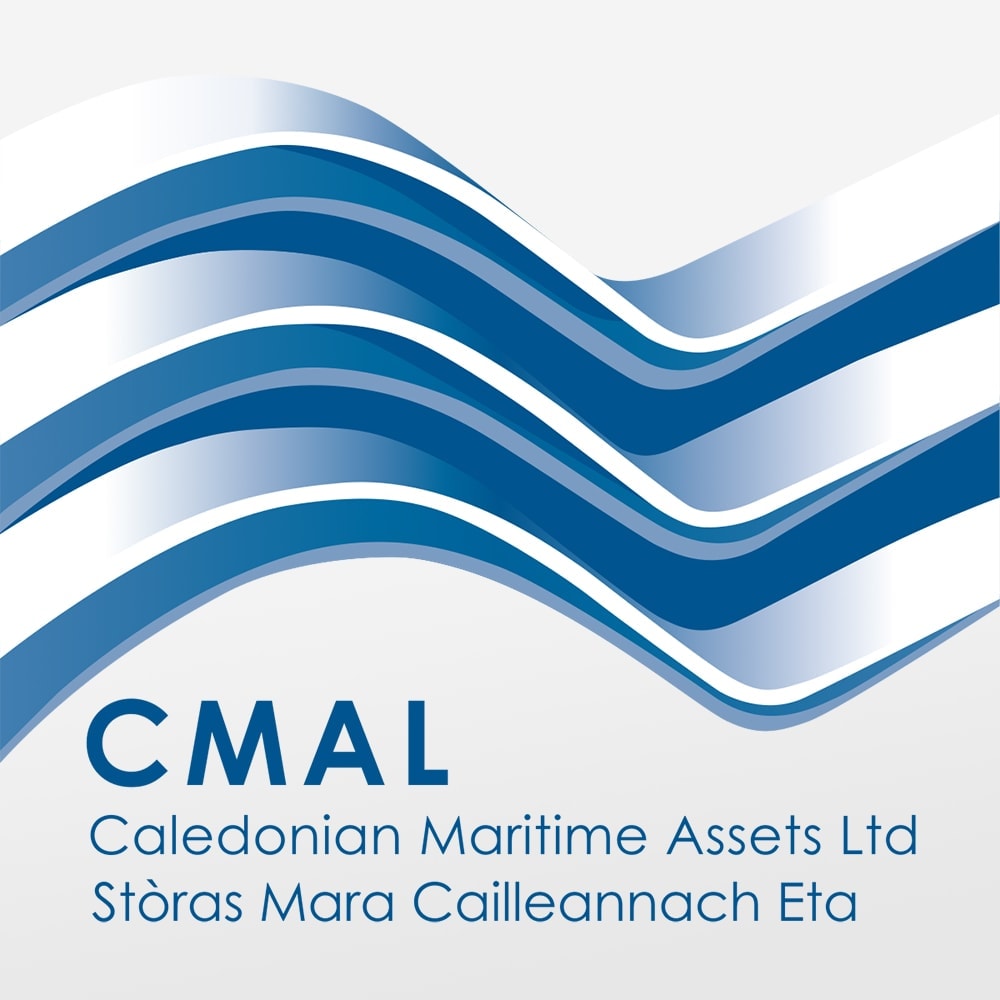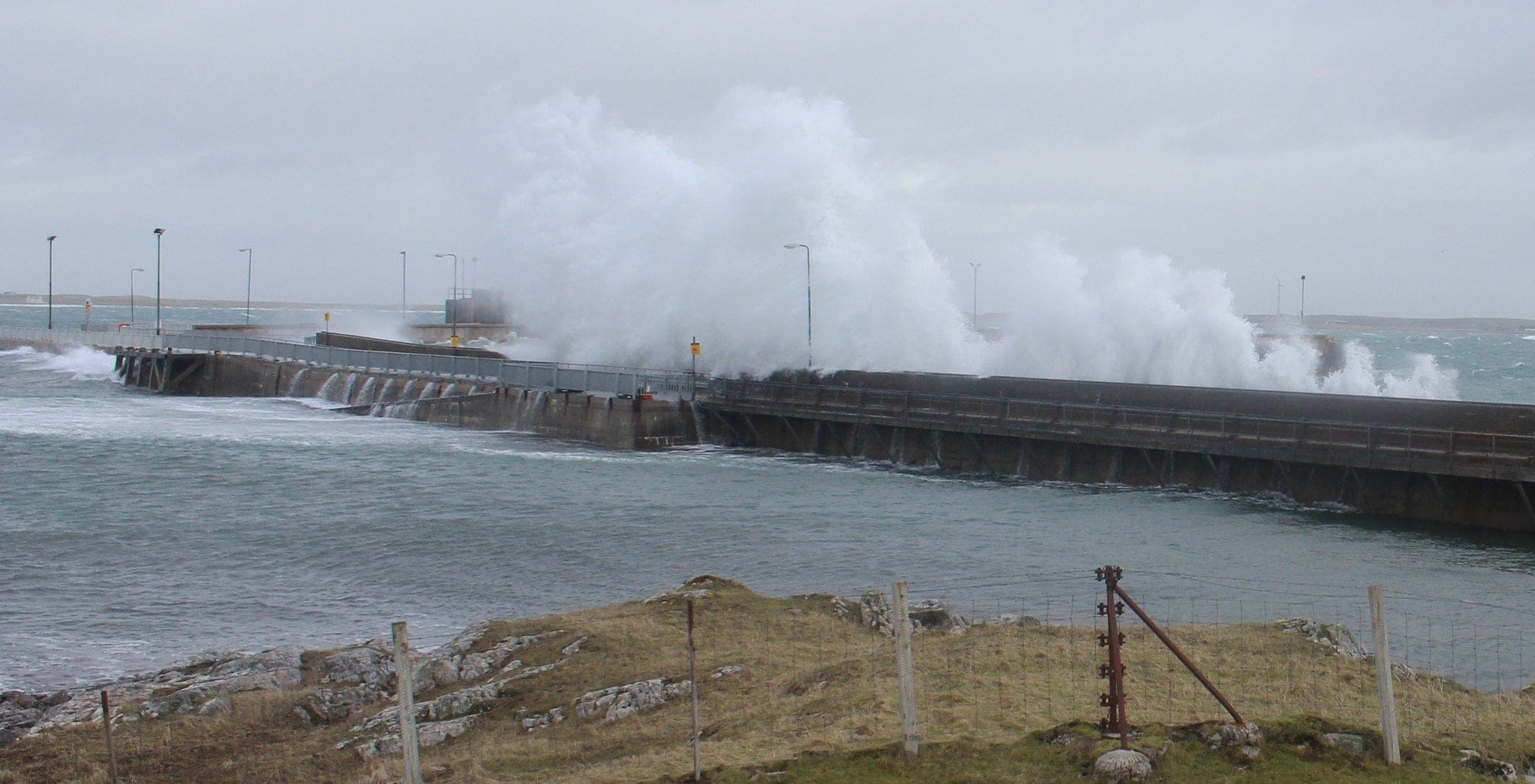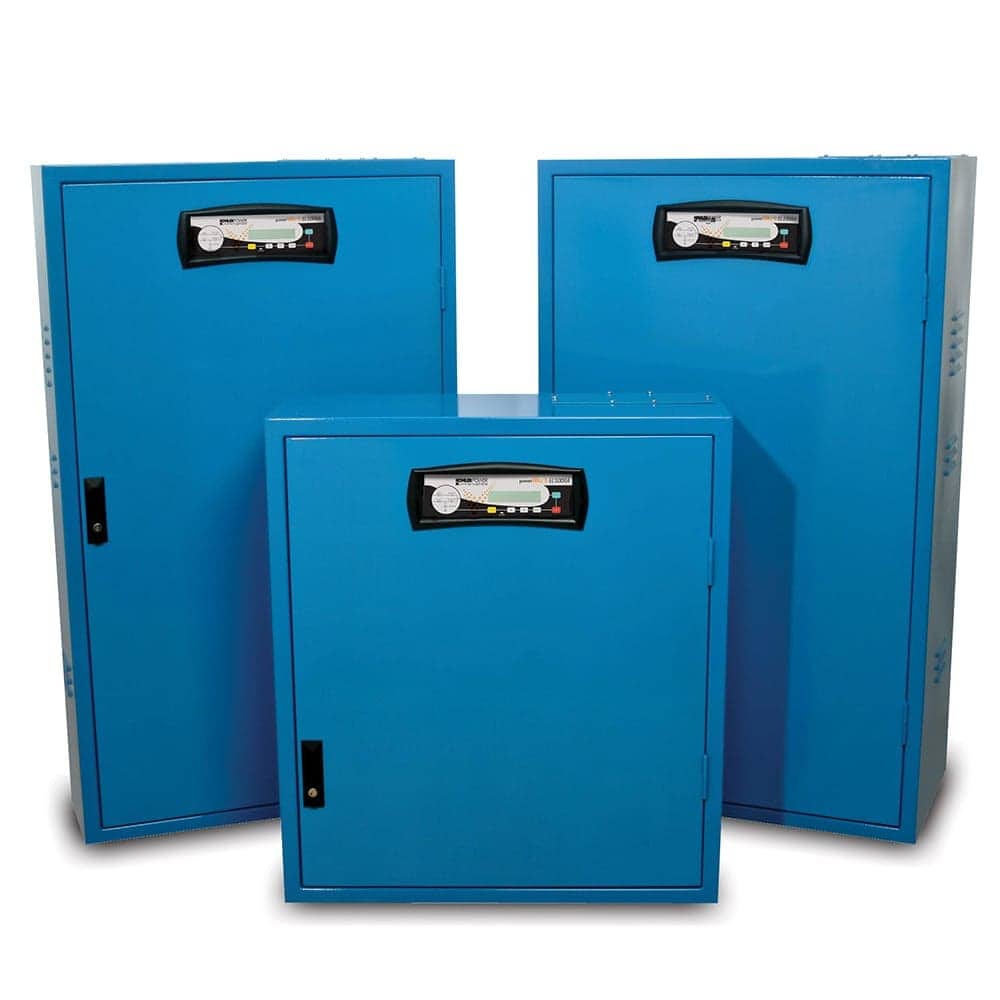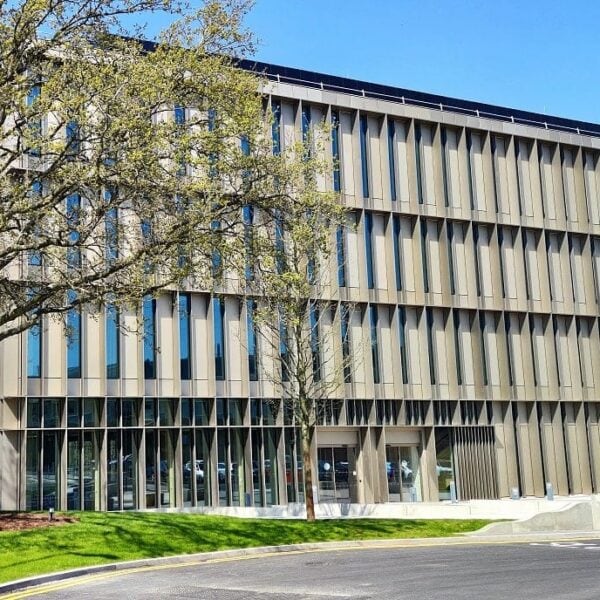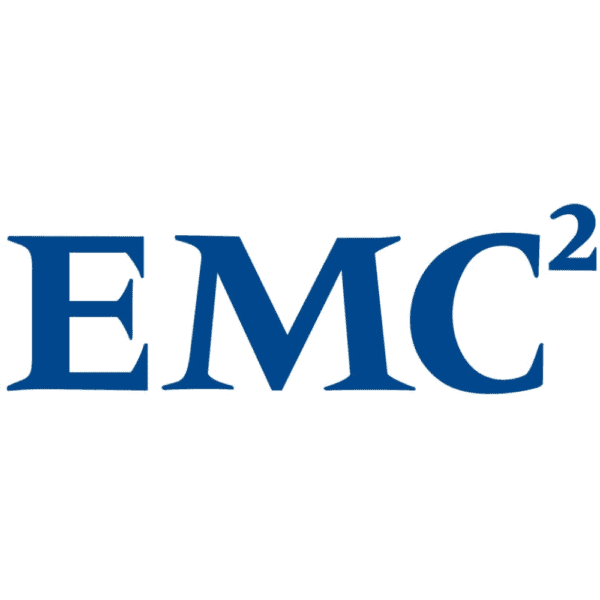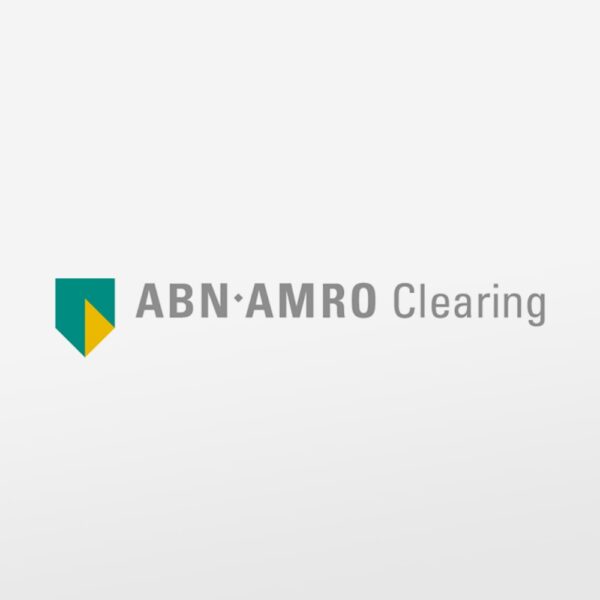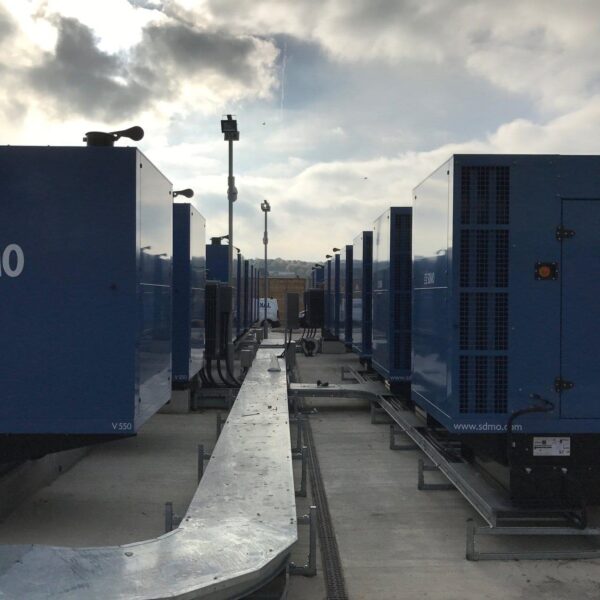When ferry and harbour owner, Caledonian Maritime Assets Ltd (CMAL), instigated a programme of infrastructure improvements across its portfolio, the emergency lighting it installed at its Tiree harbour terminal represented a lot more than a safety-first approach – it helped secure a literal lifeline for the island’s inhabitants.
The Isle of Tiree is the most westerly island of the Inner Hebrides. Measuring only twelve miles long by three miles wide, it is home to just 650 permanent residents, all of which rely on ferry services to access the mainland throughout the year. This essential transport connection, described as a lifeline service by locals, was being impacted by periodic power cuts on the island, which, when in effect, resulted in ferry operators attempting to dock in almost complete darkness, using only the limited lights on the ferry itself, as Paul Thomson, Works Manager for Caledonian Maritime Assets, explains:
“When CMAL took over responsibility for the harbour’s maintenance, we identified a programme of work that we wanted to complete. We were looking to modernise and improve the electrical infrastructure and power protection at a number of docking terminals across our 28 locations, as part of our continuous commitment to improving the safety and reliability of the services we offer.
“For Tiree residents, the once-a-day ferry is their only way of getting on and off the island, but it is also the main way deliveries arrive, so it touches everyone’s lives and really is a critical service. However, if there was power outage, which actually happens a lot more often than on the mainland, the ferry was in real danger of not being able to dock, especially in winter months when sunset is before 4.00pm. At the time, the pier where the ferry moors had no emergency lighting, so if the power did go out when the weather was inhospitable, it could result in the captain deciding it wasn’t safe and returning to the mainland. You can imagine the impact that would have on our customers, and that’s what made this project a priority for us.”
With the Tiree project approved, Paul and his team set about specifying the equipment required to provide three hours of emergency lighting protection – enough time to safely disembark and embark passengers – as part of the larger programme of works.
“Working with my team of design and electrical consultants, we identified the new LED lighting requirements for the Tiree terminal and pier. These were for constant use, when we have mains power. However the process also provided us with the accurate requirements for the emergency lighting, highlighting a significantly reduced load due to the higher efficiency offered by LEDs, compared to the lighting we were replacing. With the load understood, we went out to market and spoke with a number of specialist emergency lighting providers that could install quickly, and whose product efficiency credentials met our expectations.”
“I had worked with KOHLER Uninterruptible Power (KUP) previously, as had another consultant involved in the project. We were impressed by the company’s products and the level of service it offered, so we were keen to see its response. After reviewing all the quotes, it was clear that KUP represented the best option for us and our needs. It has a good reputation, with a strong local presence and excellent products – and it was able to meet our ambitious timeframe!” Thomson added.
With KUP chosen as the preferred supplier, representatives from its emergency lighting division worked with Thomson to agree the specific products, battery run time, and system configuration. The approved solution included a PowerWAVE EL100XA, with a 3kVA battery capacity to support the single-phase load for the agreed three hours.
“The PowerWAVE EL100XA ticked all the right boxes for us. It is a physically small unit – with the batteries included – that can be wall-mounted and is more than capable of handling our current load, as well as providing opportunities to grow if our requirements change in the future. Our location means we face extremes in weather, so a central battery system is the most suitable solution to deliver both reliable operation and a system lifespan that is cost-effective. We expect this system to last ten years, and we judged this against self-contained offers that require individual luminaire cell replacement more regularly. I was also impressed with the product’s documented efficiency credentials. One of the pillars of our broader works programme is centred on improving efficiency, so it is important that all new equipment is competitive in this area,” Thomson continued.
The PowerWAVE EL100XA product consists of high-performance static inverters, offering single-phase input and output, to support a range of applications with emergency battery power. Leveraging the latest technology, the EL100XA series is highly efficient, capable of 120% continuous overload and rapid recharge, and is ideally suited for loads from 500VA to 3000VA.
With the product selection made, delivery was scheduled for two weeks later. After arriving on site via the ferry, installation of the new system to support the pier’s emergency lighting was rapid. Managed entirely by the KUP team, the process was completed in just a few hours, including all relevant safety checks and full testing, and without any disruption to passengers or the terminal’s operations.
“I would have no hesitation in recommending KUP and its team. They managed the entire install without fault, and I have already recommended it be included in relevant tenders for similar projects. Following installation, everything worked exactly as we need it to and, subsequently, the system has already been called upon on a number of occasions – demonstrating the value this project has to the residents and visitors to Tiree,” Thomson concluded.

